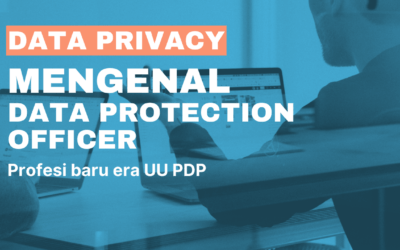How to implement Data Governance using MDM?
Master data management is defined as a “holistic framework comprised of people, processes, and technology that optimizes data from many sources and makes it available when and where it is required.” A master data management endeavor is divided into three parts:
- Determine a Business Problem: An MDM process is either linked to a business objective or launched to solve a business problem. It is essential to have a clear picture of what you want to accomplish with an MDM activity.
- A Strategy for Master Data Management
- Expecting Problems & Hidden Costs
In this part, we will elaborate 1st steps in the MDM process. Which is to Determine a business problem with MDM. Businesses that utilize master data management enjoy the advantages of being more efficient and making smart decisions. If you question managers how essential data is to their firm, a whopping 79% believe that without data they might lose their competitive edge and potentially die completely. That is incredibly impressive.
To be genuinely effective in master data management, you must understand the importance of data. Vision and a deep breath are required. Many good plans fail because they lack sufficient organizational support. As a result, ensure that there is a clear long-term strategy in place, with master data quality monitoring and data governance at the forefront.
Once organization management secures buy-in for your MDM program, it’s time to get started. While MDM is most effective when applied to all the master data in an organization, in many cases the risk and expense of an enterprise-wide effort are difficult to justify. If you start small, you should include an analysis of all the master data that you might later wish to include in your program so that you don’t make design or tool mistakes that cause you to restart when you want to add a new data source. For example, if your first customer master implementation only includes the 10,000 customers dealt with by your direct sales team, you don’t want to make design mistakes that would prevent you from subsequently adding your 10,000,000 web clients. The needs, priorities, resource availability, time period, and size of the problem will all have an impact on your MDM project plan.
There are a couple of things worth noting in this definition:
MDM is more than a technical issue. To maintain clean master data, substantial changes to business processes will be necessary for many situations, and some of the most challenging MDM concerns are more political than technological.
MDM encompasses both the creation and maintenance of master data. Investing a significant amount of time, money, and effort in developing a clean, consistent set of master data is a waste of time and money unless the solution includes tools and procedures to keep the master data clean and consistent as it is updated and expanded over time.




